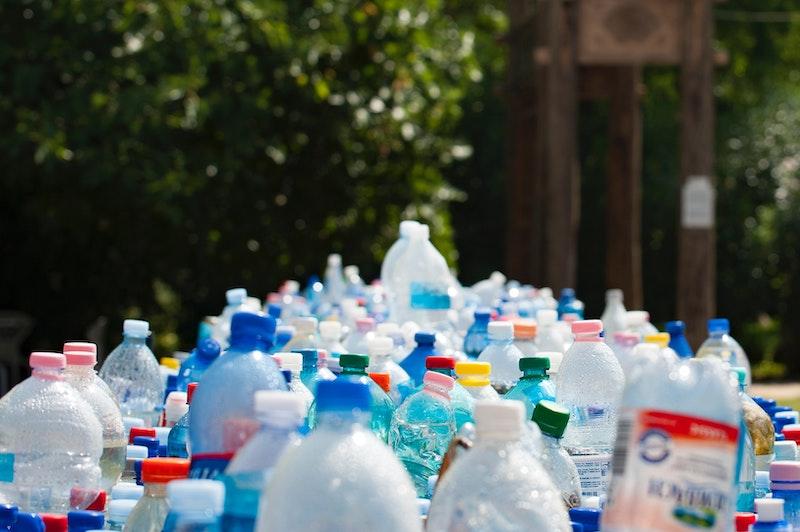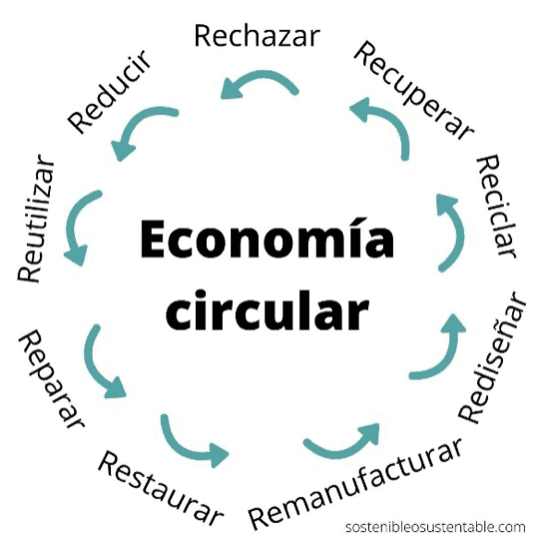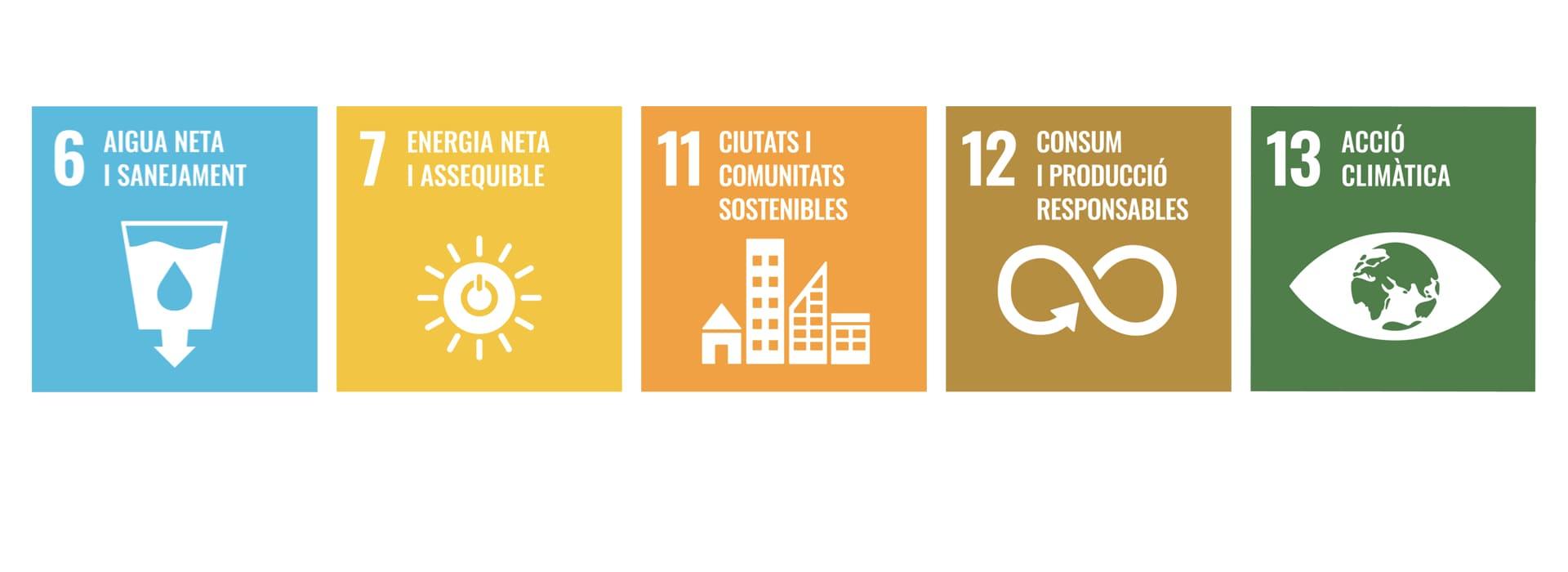Circular economy, beyond recycling
4 Mayo - 2021
Fàtima Vidal Ayuso
Teacher Assistant at Strategy & Entrepreneurship Academic Area
Teacher Assistant of Postgraduate Course i Social Entrepreneurship & Sustainable Development
__
Circular economy is a concept that is becoming more and more present in our lives. Until recently, the linear production model - characterized by extract, produce and throw away - was the most widely applied, but it is reaching its limits. For this reason, the circular economy is considered a new alternative, based on three very clear principles: eliminating waste and reducing pollution; maintaining products and materials in use; and regenerating natural systems. These are the principles conveyed by the Ellen MacArthur Foundation, known for its commitment to the circular economy and sustainability.
Circular economy is considered a new alternative, based on eliminating waste and reducing pollution, maintaining products and materials in use and regenerating natural systems
However, circular economy is not only based on recycling, but it also goes beyond that, as this strategy alone is not sufficient for an environmentally friendly production model. The circular production model was linked years ago to the "3Rs" (reuse, recycle and reduce). Today, however, the model has evolved and we now speak of the "9Rs" (reject, reduce, reuse, repair, restore, remanufacture, redesign, recycle and recover). Ellen MacArthur even adds "rethink" in order to become aware of the actions taken.
Moreover, it is established that the circular economy has become a new paradigm, as many organizations are promoting it. Among them, the European Commission (EC) or the United Nations (UN), through projects such as the European Green New Deal or through the Sustainable Development Goals (SDGs), respectively.

Circular business models
This new paradigm encourages entities to rethink their business model and adapt to implement circular business models. Accentur's report on "The circular advantage" highlights the emergence of new circular business models, also included by AENOR in its "Practical guide to implement the circular economy in SMEs". The main models are:
- Circular sourcing or green purchasing. These are based on the supply of fully renewable, recyclable or biodegradable resources, instead of perishable resources. It should be borne in mind that a company cannot be circular if its supply chain is not.
- Product as a service. These are service-oriented models that prioritize access to and use of the product rather than its possession. The user is currently relinquishing ownership of different products, such as vehicles or printers, thus enjoying the utility of the product without having to purchase it in advance.
- Product life extension. These models allow products to be kept in use through activities such as maintenance, repair, upgrading or reuse. It is a model with a lot of controversy due to the well-known concept of planned obsolescence. There is a clear advantage for the user and the environment, but not for the businessman, since it is possible that the purchase of a new product may be extended in time or may not be carried out again. Even so, more and more companies are opting for this type of model.
- Reverse logistics and urban mining. These are models that involve the recirculation of materials, components or products. In this case, they are business models linked to additional logistics processes that perform recirculation and return or "reverse logistics" flows.
- Resource recovery. These are based on the recovery of materials from a product once its useful life has ended, with the aim of reintroducing them into the production system, thus reducing their environmental impact.
- Collaboration between agents. In this case there is collaboration between companies or even between users. In the case of companies, they group together with the aim of interacting with each other with the minimum possible resources and reducing the environmental impact they can generate. Regarding users, different digital platforms (Airbnb, Blablacar...) help to make this type of collaboration to share resources in an efficient and sustainable way.
However, in the near future, new circular business models will be added to this classification, focused on the trends of different sectors, the needs of consumers and entrepreneurs, technology and, above all, care for the environment. The circular economy brings benefits not only for the environment, but also for society, which must adapt to this new paradigm and become aware of it in order to become part of the process. There must be a willingness not only from business, but from everyone.
In short, the circular economy, as Kircherr states, aims to achieve sustainable development that improves environmental quality, economic prosperity and social equality. Recycling is simply one more action to take into account, but not the only one.

